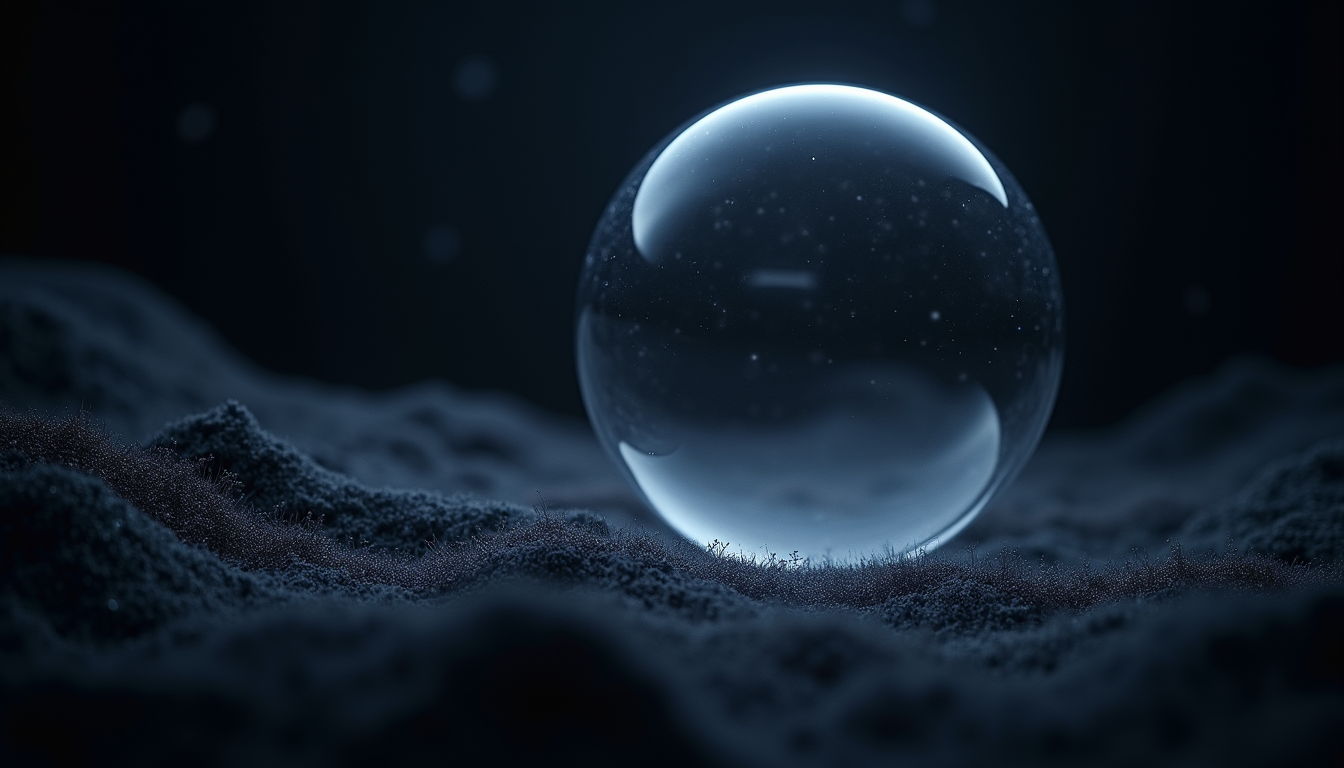Asteroid Ryugu, a fascinating near-Earth object, has recently captivated the scientific community. Research suggests this small celestial body may once have harbored liquid water flowing through its surface. This exciting discovery not only changes our understanding of Ryugu but also raises compelling questions about the potential for life beyond Earth. In this blog post, we will investigate the evidence supporting this theory, the implications of liquid water on asteroids, and its significance for future space exploration.
The Discovery of Ryugu
Discovered in 1999, Ryugu is a carbon-rich asteroid located about 300 million kilometers from Earth. It captured worldwide attention when the Japan Aerospace Exploration Agency (JAXA) launched the Hayabusa2 mission in 2014. This spacecraft made a historic landing on Ryugu in 2018 and collected samples, returning them to Earth in December 2020. The analysis of these samples has revealed crucial insights about Ryugu's composition and its history.
The samples from Ryugu unveiled a complex mixture of minerals, including clays and organic compounds. These findings indicate that Ryugu likely formed in a water-rich environment, suggesting that liquid water may have existed in its past.
Evidence of Liquid Water
Recent studies on the Ryugu samples have provided compelling clues that liquid water may have once flowed on its surface. Researchers identified minerals such as phyllosilicates, which are typically formed in water-rich conditions. This presence of phyllosilicates points to a process called aqueous alteration, where water interacts with rock and changes its chemical structure.
Moreover, surface features of Ryugu, including boulders and craters, suggest a history of geological activity potentially influenced by liquid water. The asteroid's surface morphology shows signs of erosion and sedimentation—processes well-known to occur in the presence of flowing water. For instance, the analysis of craters indicates that they may have filled with water at certain points in Ryugu's history, contributing to its current shape and condition.
Implications for Astrobiology
The notion that Ryugu once contained flowing liquid water has far-reaching implications for astrobiology. Water is a key ingredient for life, and its presence on an asteroid raises the possibility that some form of life could have existed there.
While Ryugu's current conditions are extreme and unforgiving, exploring its past can help us understand potential life on other celestial bodies. For example, if Ryugu once hosted liquid water, scientists can draw parallels with moons like Europa and Enceladus, both characterized by subsurface oceans and considered strong candidates for hosting life.
A recent study indicated that around 50% of celestial bodies with icy surfaces in our solar system show signs of past or present water activity, lending credibility to the potential for life across a variety of environments.
Future Exploration
The revelations regarding liquid water on Ryugu pave the way for exciting future exploration. As space agencies prioritize the search for water and conditions suitable for life, missions like Hayabusa2 highlight the importance of sample-return missions. These missions are essential for uncovering the mysteries of our solar system.
Future expeditions could investigate other asteroids with features similar to Ryugu and explore icy moons believed to host subsurface oceans. According to NASA, missions targeting these locations could significantly advance our understanding of the origins of life and how water is distributed across the universe.
The notion that asteroid Ryugu may have once had flowing liquid water is a groundbreaking development that reshapes our understanding of this celestial body. The evidence of aqueous alteration and mineral presence paints a picture of a rich and complex history that could influence the search for life beyond Earth.
As we explore our solar system, findings from Ryugu remind us of the dynamic processes that shape these celestial bodies and the potential for life in the most unexpected places. Ongoing research and future missions will undoubtedly provide deeper insights into the mysteries surrounding asteroids and their significance in planetary science.
In summary, exploring Ryugu not only sharpens our knowledge of asteroids but also fuels our curiosity about the possibilities of life beyond our planet. As we gaze at the stars, the quest for water and life-sustaining conditions will remain at the heart of space exploration.





